UX Research & Strategy Usabilla CX
,
Concept team
October 2017 - April 2018 Product designer at Usabilla - research and strategy for the new platfom.
October 2017 - April 2018
Product designer at Usabilla - research and strategy for the new platfom.
Roles and responsibilities
- Lead Usabilla’s Concept team process
- Created Usabilla’s user research foundation, including user personas & customer journey.
- Developing & testing concepts for Usabilla’s future product - Workspaces.
Research & Strategy Usabilla 2.0
Background
At Usabilla, like many scale-up companies, day-to-day issues and current development work tend to occupy the teams, leaving little to no room for strategic thinking. Having a codebase that was hard to scale and a fixed mindset, if we wanted to build products for the long term – we would need to approach our Product design and development from a higher, more strategic level. We want to develop for our customer’s needs, not per specific request.
To do so, we set up a team to work two days a week on the research and plans for the future. 2 designers, a customer support manager, and a product manager.
To do so, we set up a team to work two days a week on the research and plans for the future. 2 designers, a customer support manager, and a product manager.
We had a lot of questions; What were common grounds between individual feature requests? With what did our customers struggle? How could we solve their problems today and tomorrow?
Looking at all these questions made it clear to us that we needed to collect these pain points that our customers were facing, combine them with the ideas we already heard, and turn those ideas into actual concepts to reshape our product roadmap.
~
Read more about the process in this blog post >>
Looking at all these questions made it clear to us that we needed to collect these pain points that our customers were facing, combine them with the ideas we already heard, and turn those ideas into actual concepts to reshape our product roadmap.
~
Read more about the process in this blog post >>
We used the following process
Phase 1
Input & Research
Phase 2
Phase 3
Phase 4
Phase 5
Phase 1: Input & Research
User personas & goals
- We surveyed our customers to understand what are the roles and responsibilities of our customers to understand who are our main users.
- We conducted a series of user interviews to create a strong foundation and a better understanding of how these roles day-to-day look likeWe ended up with four primary personas, three secondary personas, and ten customer journeys.
- Our presentations about the research were adopted throughout the organization and helped create new strategies in other departments as well.
- I give monthly onboarding to every new employee in the organization to get familiar with our users and the problem we are trying to solve for them.
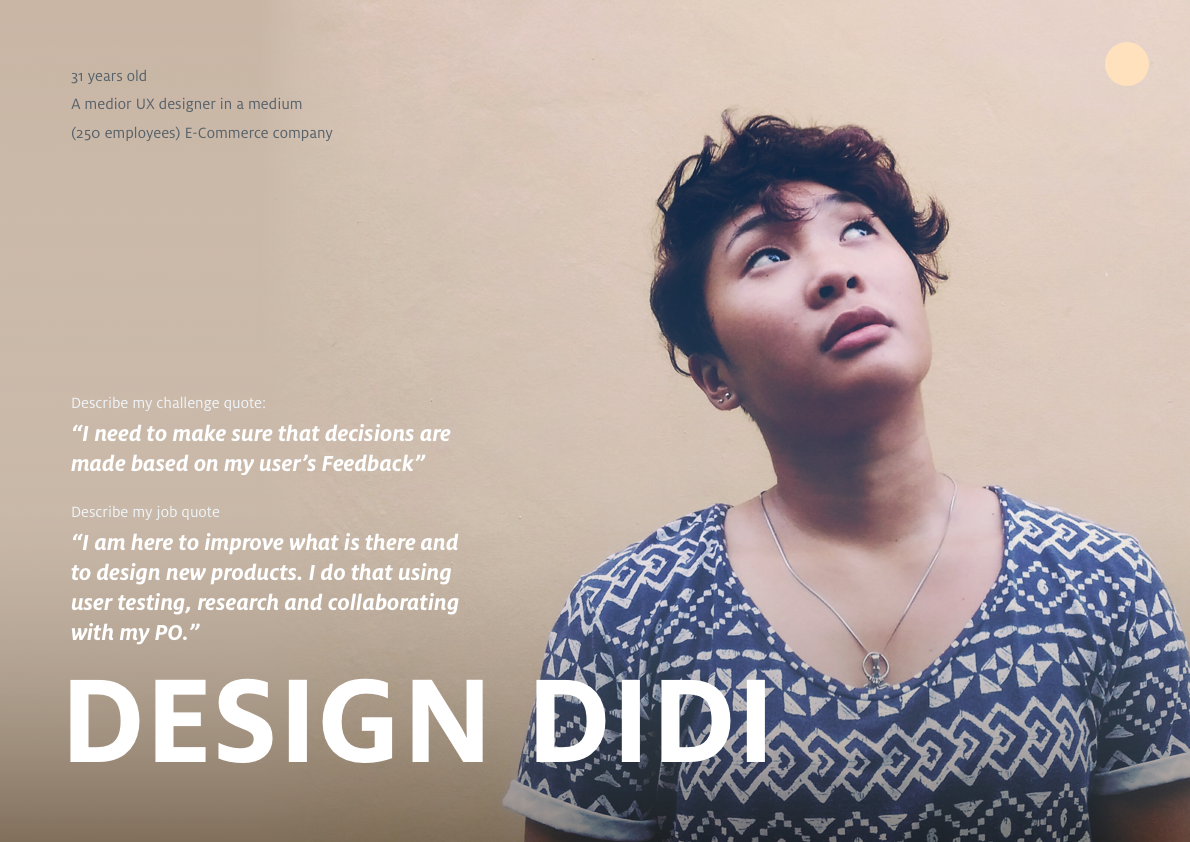

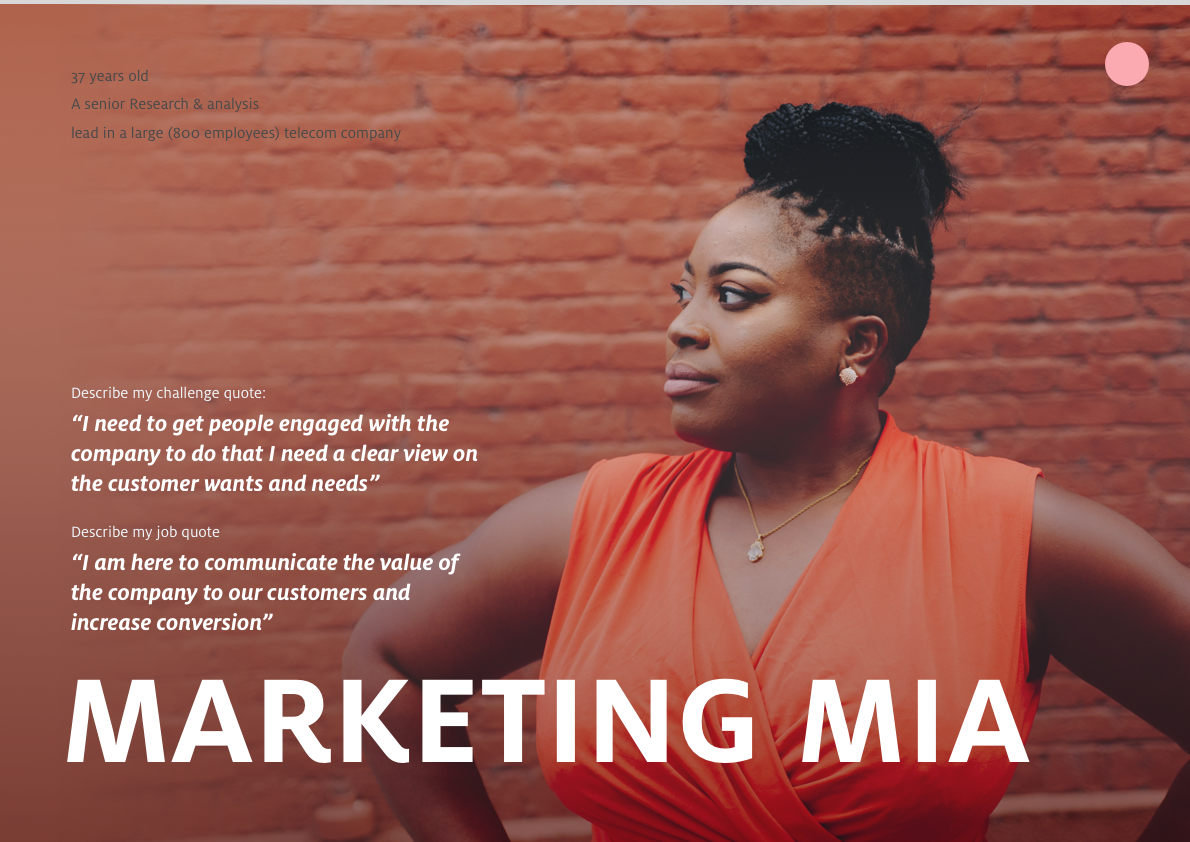

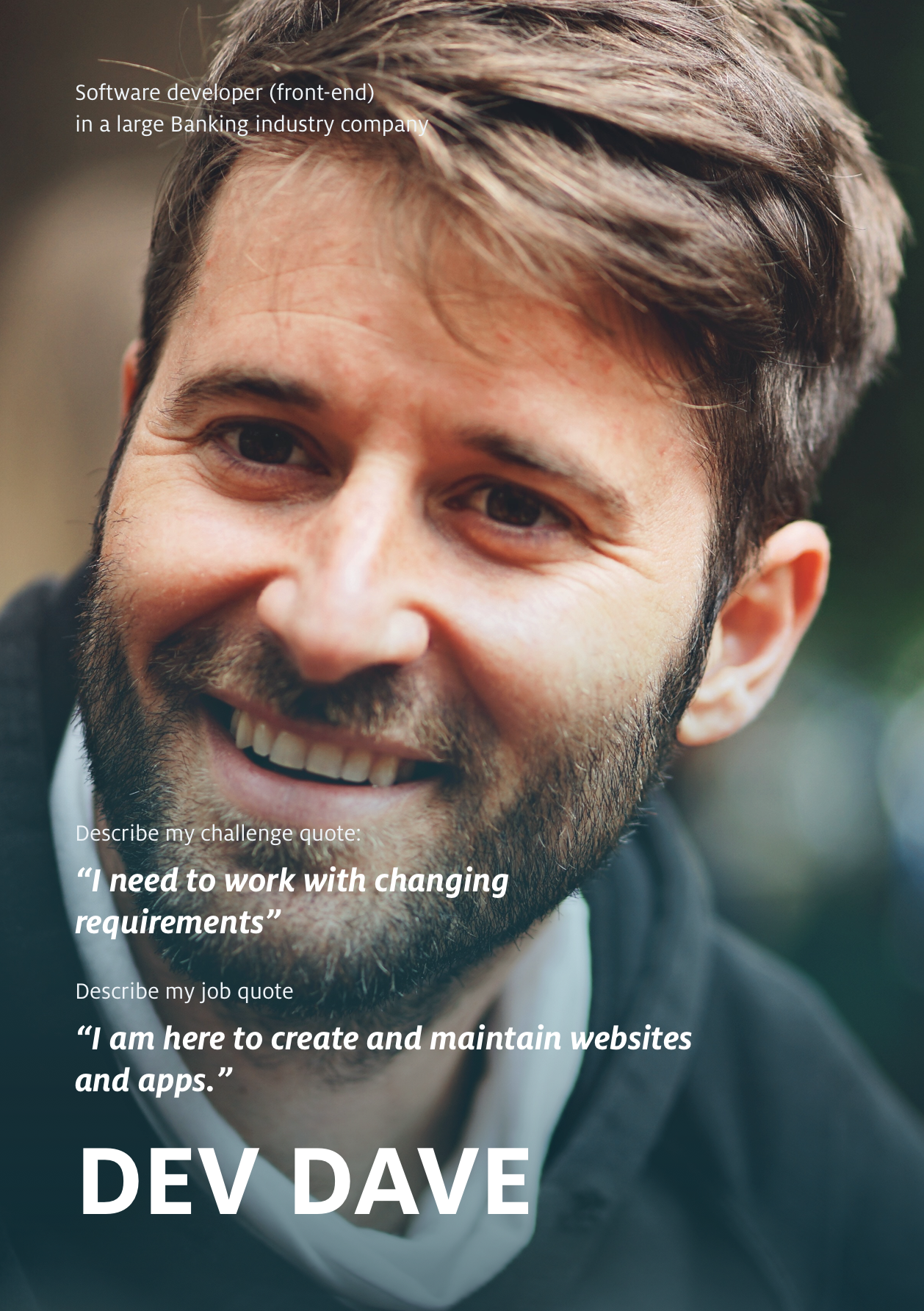
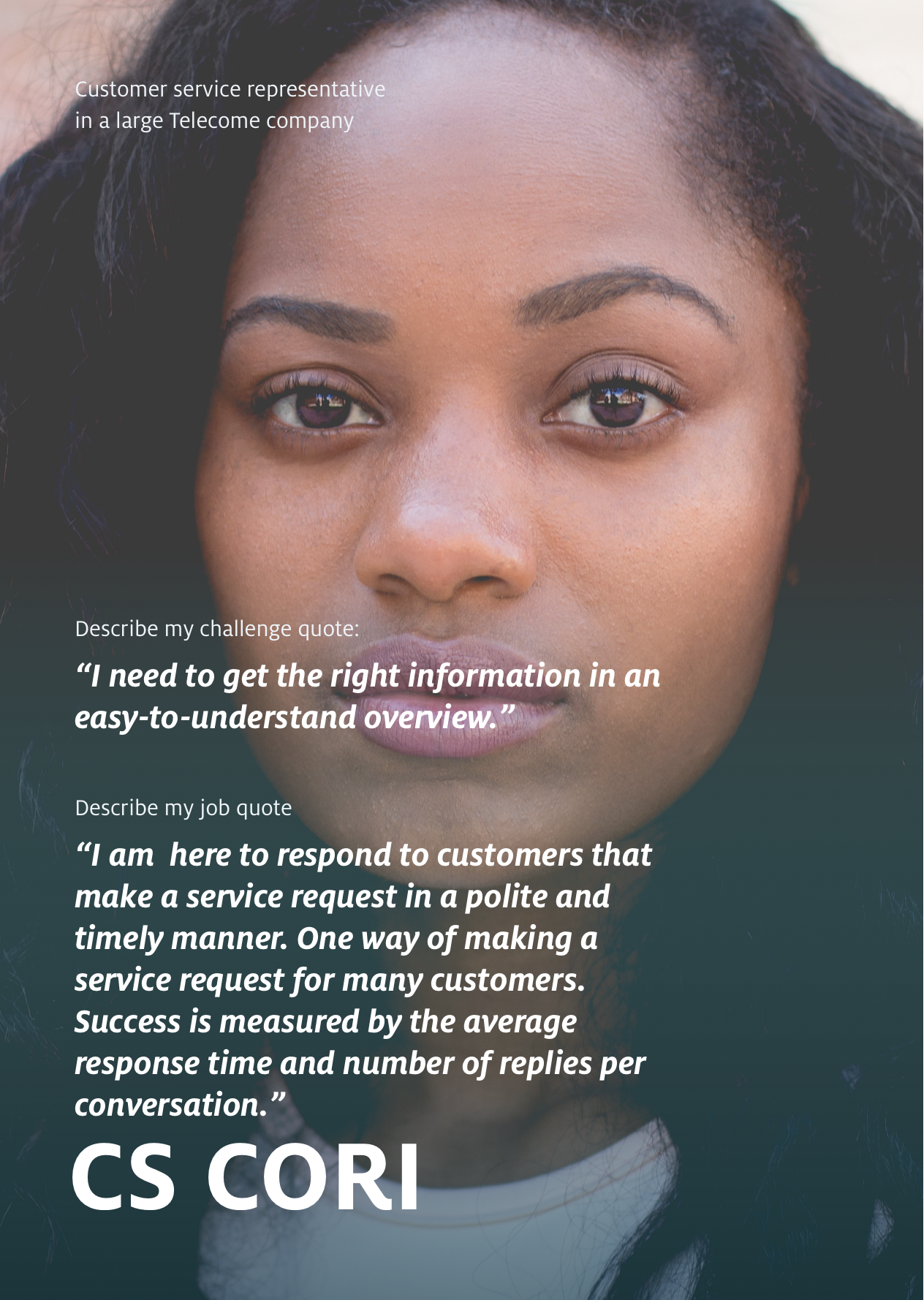
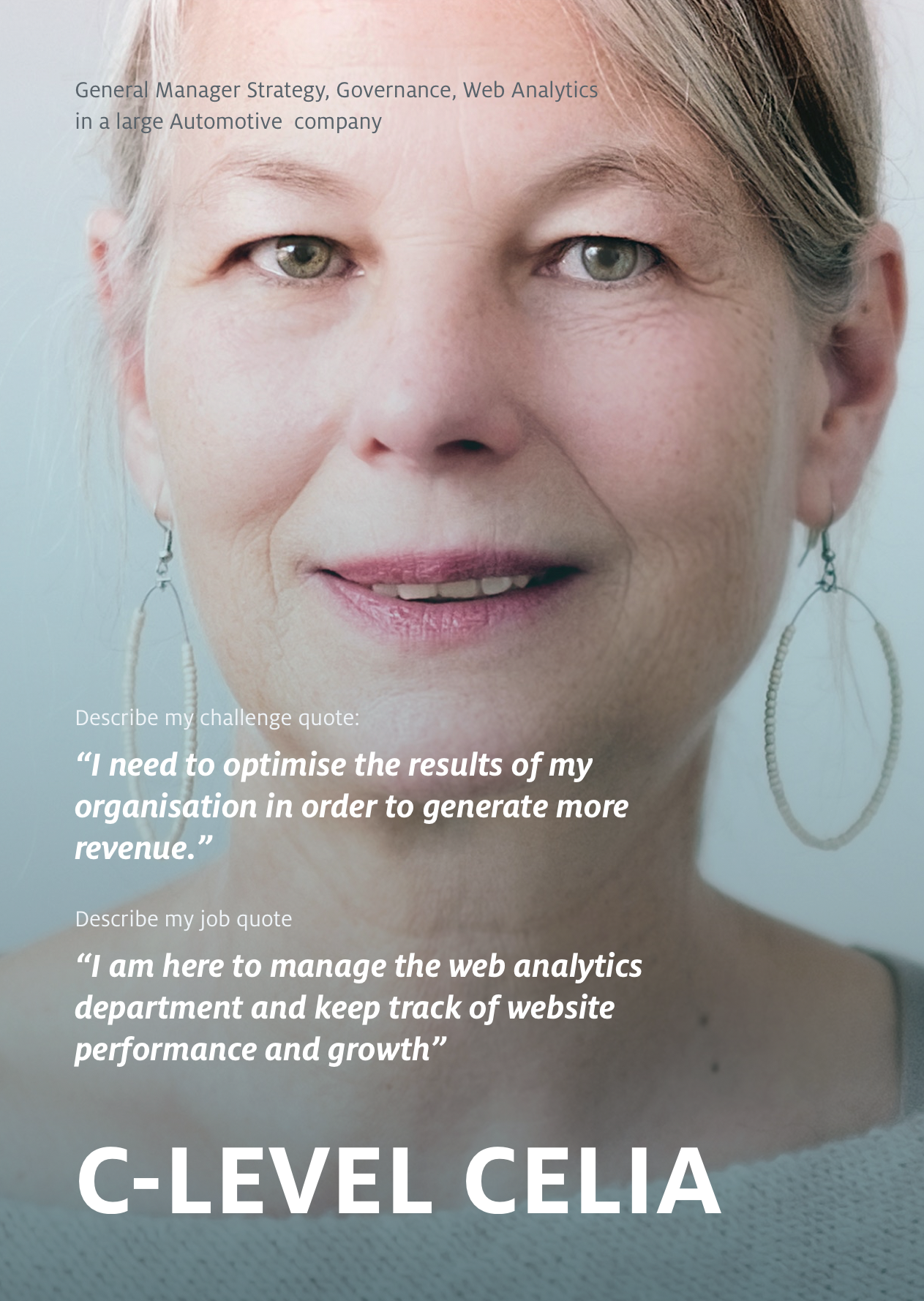
Customer Journeys
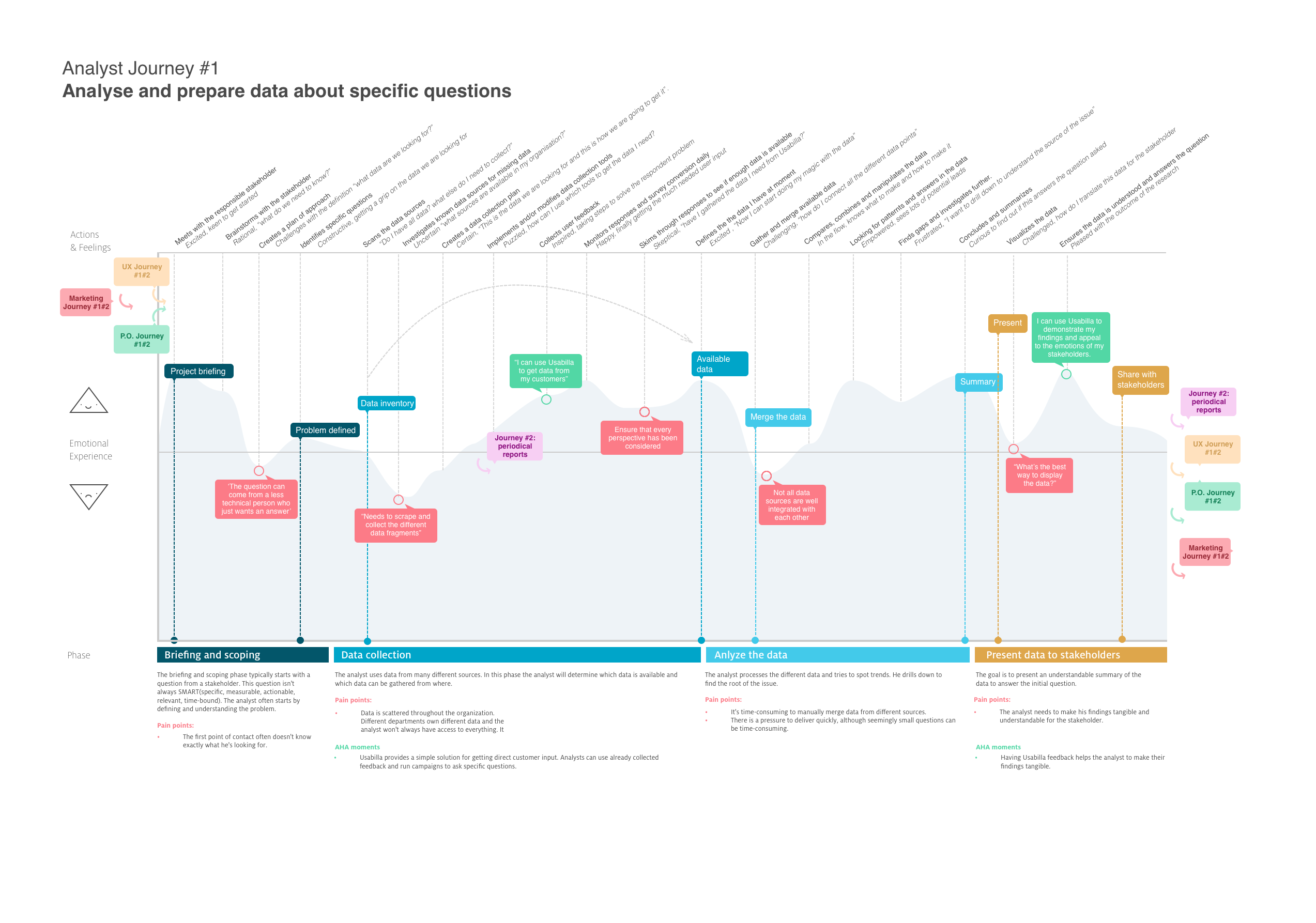
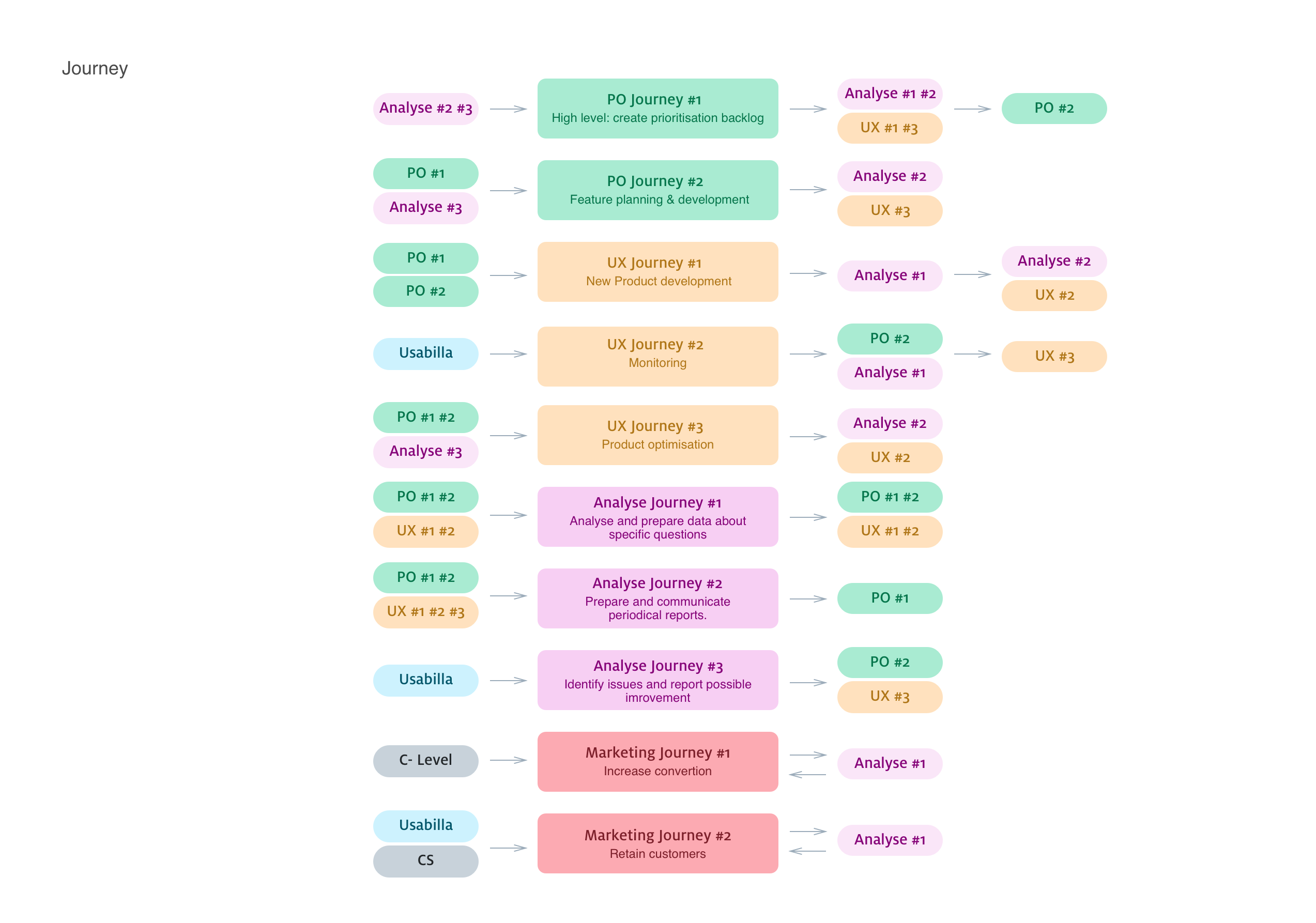
We created 2-3 customer journeys per persona, illustrating their tasks, mood, pain-points, and collaborations with other personas.
We focused on their primary jobs according to their roles and mapped out the entire journey, not just the interactions with to product. This way, we made sure we get the full picture and can start thinking of their biggest pains and gains.
We validated the journeys with different users and roles and used them as the base for all our brainstorms and use cases.
We focused on their primary jobs according to their roles and mapped out the entire journey, not just the interactions with to product. This way, we made sure we get the full picture and can start thinking of their biggest pains and gains.
We validated the journeys with different users and roles and used them as the base for all our brainstorms and use cases.
Insights & Vision
Our main insights from the initial research were that regardless of their role, our users have the same struggles and AHA moments, dealing with user feedback.
Moreover, the jobs our users hire us for, regardless of their role, are very similar. The users need us to facilitate these jobs, depending on their intention when they login into our platform.
Moreover, the jobs our users hire us for, regardless of their role, are very similar. The users need us to facilitate these jobs, depending on their intention when they login into our platform.
The job’s customers hire our product for:
Monitoring
Monitoring
- Understanding / investigating an issue
- Identifying gaps in the current situation
- Build a case for a user need or problem
-
Make data tangible
- Find urgent issues / bottlenecks
-
Track KPIs / state of the product
- Notify about and within the product
- Recruit users for feedback or testing
- Validating a solution
- Testing different solution
- Dealing with data, in general, is a massive struggle for companies.
Which data is available, where to find it, and who has access to it? -
Organization are structured in different ways.
Teams can be based on channels, customer journey, platform, or otherwise. - Different roles require different perspectives on data in various phases of their jobs.
The need for user feedback is different for ux’er researching a specific problem, then an analyst monitoring and need to report on key metrics. - Organization - How do customers want to structure their data? Will they know what to do?
-
Handling - What type of manipulation is needed? Will segmentation make data manageable?
-
Reporting - Is reporting done differently then handling? Can we solve these concepts in one idea?
- Brainstorm and clustering
-
Mapping the needs
-
Collaborative sketching
-
Abstract prototype
-
Interviews and validations
Phase 2: Exploration & Concept
What problems are we trying to solve?
We took our initial findings and divided it to 3 different concepts we wanted to explore

With every concept, we flowed the following process until we reached the final concept we proposed:
Phase 3: Validation & Proposal
Dynamic dashboards where teams can collaborate on feedback from all Usabilla products and all touchpoints. Users can create different dashboards based on various projects, teams or purposes like monitoring or investigating an issue
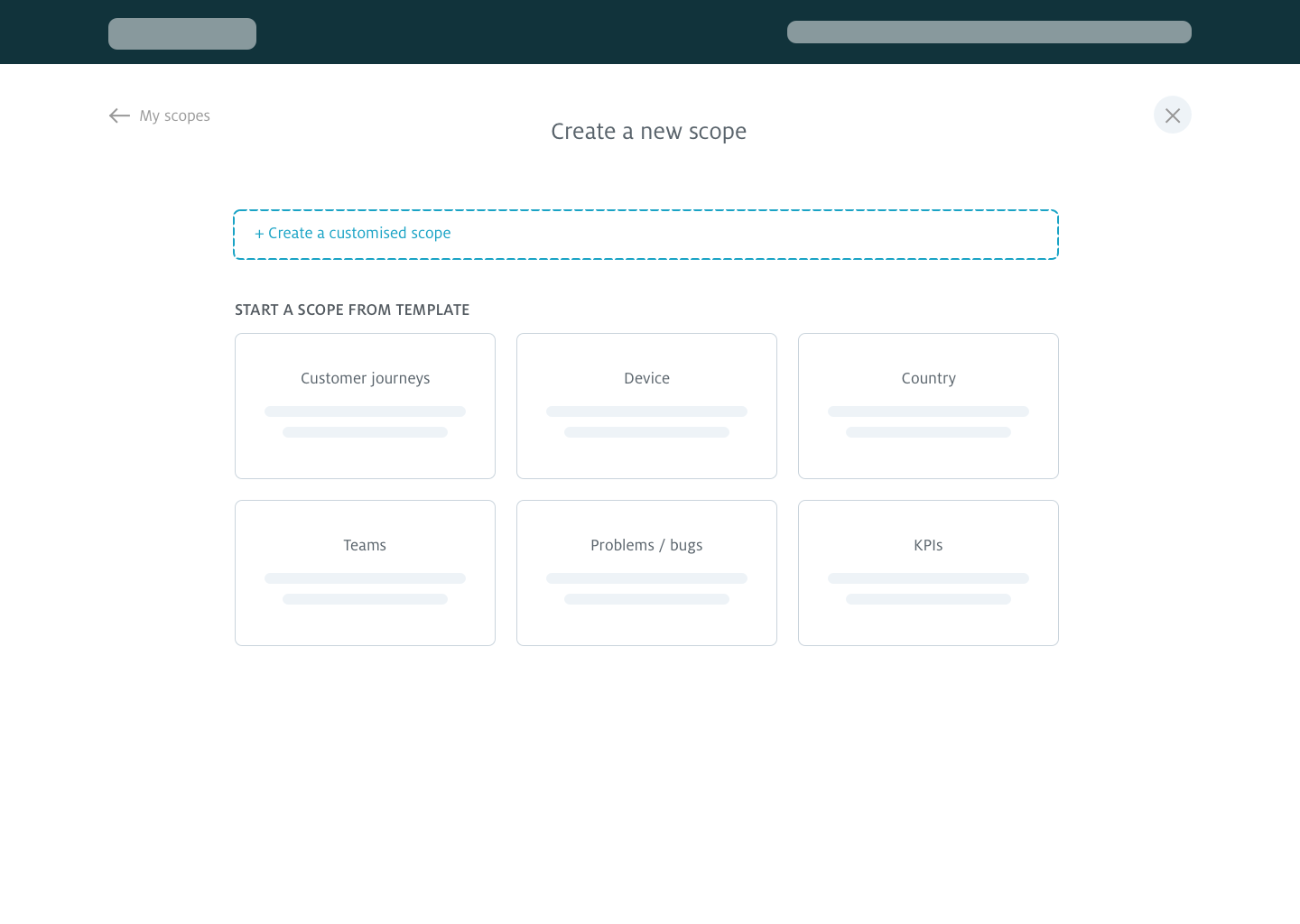


The result was an abstract prototype that we used for user interviews and stakeholder presentations.
“I would use it to investigate if there’s an issue, monitor daily, and validate findings monthly, and report all of the above to the teams.” UX designer, travel industry
"would be nice if data would work together from different products to get a better overview.” Data analyst, e-come platform
“I would use it to investigate if there’s an issue, monitor daily, and validate findings monthly, and report all of the above to the teams.” UX designer, travel industry
"would be nice if data would work together from different products to get a better overview.” Data analyst, e-come platform
With a powerful validated concept in hand, we now can start scoping this new platform into an MVP, from that moment one, I was the product designer leading the product. Working closely with the PM on the features and research per iterations, onboarding and guiding the UI designers joining the team, supporting the dev s with implementations, demoing the designs and then the environments to customers and prospects and training the CSMs and BDRs to talk about the new product when released to general availability in February 2020.
Read more about the new CX Analytics platform - Usabilla Workspaces.
Read more about the new CX Analytics platform - Usabilla Workspaces.